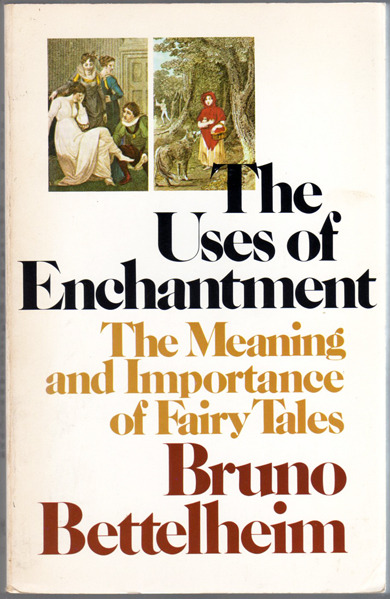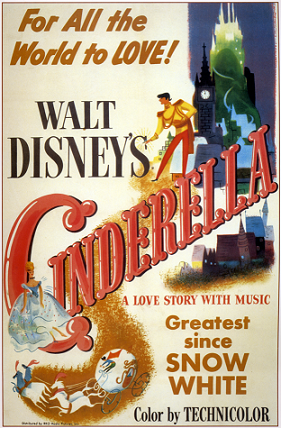I've come across the various methods of looking at fairy tales in my research, and referenced them here on the blog, and I found it very helpful to see Marcia Lane summarize each method and put it into context in her introduction to Picturing the Rose: A Way of Looking at Fairy Tales. It also helps to see how varied approaches can be, to put our current scholarship into perspective.
Fairy tales as myth-earlier folklorists saw good and evil as a parallel to the sun (good) rising and overcoming the darkness of night (evil). Notable about this early approach is the fact that even then, there was a recognition of common motifs that occurred in folktales from cultures across the world. For more on this, you can read from my archives, Little Red Riding Hood as Sun Myth
Psychoanalytic-Freud and his followers (and later Bruno Bettelheim) created a way of looking at fairy tales that has influenced the world even today, though few current scholars take all of Freud's theories entirely at face value. I'm not the best person to summarize, because my interpretation is Freud is that everything is about sex. (When anything oblong is a penis, round is a breast, and any open space is a vagina, that pretty much covers every shape). However, what people do recognize today are his idea of Oedipal relationships. While I personally still hold that children can relate to their opposite gender parents in a way that is not necessarily sexual, in folklore there is definitely a tendency to focus on rivalries between same gender family members and positive relationships between different gender family relationships.
For further reading-Bruno Bettelheim, The Uses of Enchantment: The Meaning and Importance of Fairy Tales
Collective conscious and unconscious-Lane doesn't explain what this means in her introduction, and to be honest I don't really understand it myself. Something to do with human nature and the subconscious being revealed through fairy tales? You can read more on Wikipedia. Please share in the comments if you have a simple way to explain collective unconscious.
For further reading-Marie-Louise von Franz: The Interpretation of Fairy Tales, Shadow and Evil in Fairy Tales, The Feminine in Fairy Tales, Individuation in Fairy Tales
Structuralism- Vladimir Propp, Antti Aarne, and Claude Levi-Strauss each found ways to identify the components of fairy tales and categorize and analyze tales. Propp narrowed the events of any fairy tale into several common components, or functions, from which he essentially creates an equation for each story. In my archives you can read a Proppian analysis of Beauty and the Beast. Aarne is one of the creators of the Aarne-Thompson classification of fairy tales which is in use today-almost like a Dewey decimal-like system for organizing fairy tales.
Effect of fairy tales on children-with the Disney versions of fairy tales taking over the popular imagination, and the introduction of television to the world, people became more concerned with how fairy tales fit in with children's education. This issue of appropriateness for children is definitely a hot topic today.
I perked up and this tidbit about Disney, since I'm going to Disneyland later this week and have already drunk the Disney Kool-Aid: "In a generation that was involved to the point of obsession with the idea of space travel and clean, never-ending, nuclear power, fairy tales were considered 'unscientific.' It's important to realize that the first Disney films were considered a refreshing return to fantasy. Despite the current feeling that Walt Disney bastardized and trivialized these very potent stories, for their time, the Disney films were quite daring-they dared to be unrealistic! They dared to be unscientific, and just plain entertaining." (emphasis mine)
More recently folklorists have expanded their concern with the effect of fairy tales on children to the affect on adults as well.
Gender/political awareness-This is HUGE today. It's my personal opinion that we today are so bent on making fairy tales gender equal that we miss so much else that fairy tales have to offer. Do I even need to summarize this? Modern people are uncomfortable with the fact that females in folklore tend to spend more time doing housework but otherwise taking a more passive role to their male counterparts, who are usually the ones going on adventures and fighting battles while the females sit at home and wait (sometimes symbolically, sometimes literally sleeping helplessly). I've commented on this enough, if you're new to this blog and curious you can read anything under my gender roles in fairy tales tag
For further reading-Anything by Jack Zipes. But especially Don't Bet on the Prince
I like the way Lane concludes her historical summary-to remind us that there's no one right answer. "For all the theorizing that has gone forth about the nature of the story, and the ability of a child to perceive and internalize various aspects of story, the truth is, no one can really be sure."
So true. Obviously those of us who read and write fairy tale blogs are interested in the theories of interpreting folklore, but they're only that-theories. I hope I can keep it my goal to share knowledge and passion for these mysteriously enchanting stories with my wonderful readers without getting hung up on things that don't matter :)





Thank you for summarising Lane's summaries! This is so useful :)
ReplyDeleteThe "Tales of Faerie" beautifully connects folklore with modern storytelling. For NGOs engaging in cultural preservation, obtaining an NGO Darpan Certificate can enhance transparency and credibility, helping secure support for projects that keep such traditions alive.
ReplyDelete